Betta fish are one of the most popular aquarium fish in the world, and they are a favorite among novice and experienced aquarists alike. Breeding betta fish can be a rewarding and enjoyable experience, as they are easy to breed, and the results can be quite stunning. Use our guide to learn how to breed betta fish successfully.
Betta breeding involves selecting the right pair of betta fish, providing the right environment, and providing the fish with proper nutrition.
To ensure a successful breeding experience, it is important to understand the basics of betta breeding and to have the right knowledge and tools at hand.
How to Breed Betta Fish Guide
Choosing the Right Betta Fish
When it comes to breeding betta fish, choosing the right fish is an essential part of the process. Here are some tips to selecting a breeding pair:
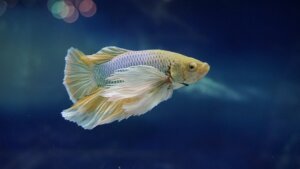
- Select fish of the same species; this will ensure that the offspring will be purebred.
- Select fish that have the desired characteristics. This can include color, fin type, and body type.
- Look for healthy fish that have good finnage and solid coloration. The fish must have good body form and no deformities. The fish must be free from any diseases.
- Select fish that are of the same size and age.
- Select fish that have compatible personalities and temperaments. Having a fish that is too aggressive may result in an unsuccessful breeding result.
- Choose fish that have compatible spawning habits. This means that the fish should be willing to spawn when placed in the same tank.
- Having good genetics ensures that the best desirable traits will be passed on to the fry. Poor genetics could result in sickly or undesirable fry.
- Select younger fish who are at the optimal age for breeding- ideally 4-12 months. Older fish will result in disappointment. They may not survive the aggressiveness of breeding. Also, older fish tend to have long fins that may inhibit breeding.
Preparing Your Betta Fish Tank
Once the right pair of bettas has been selected, the next step is to provide the fish with a proper environment. A breeding tank should be set up with a controlled temperature, adequate filtration, and plenty of hiding places for the fish.
The tank should be regularly cleaned and checked for any illnesses or parasites. Ensure the water quality is ideal. Bettas prefer still water with a pH between 6.8 and 7.5. keep the temperature between 76° and 85° F.
Setting Up a Betta Fish Breeding Tank
Here is a list of procedures to follow in setting up the breeding tank:
- A ten-gallon tank is ideal size for breeding Betta Fish. Keep the water depth at about 5 inches.
- Do not include a gravel substrate as fry will become lost in the gravel.
- Some breeders place plenty of plants in the tank to provide a refuge for the female betta fish (when she is introduced), and plants help with water quality. Other breeders prefer to keep the tank empty.
- The water needs to be a still as possible. Use a sponge filter with slow waterflow. This type of filter will not suck fry into it.

- Place the male betta into the breeding tank and keep the female separated by using either a divider or contain her within a clear cylindrical tube inside the breeding tank.
- Place an Indian Almond leaf in the tank. The male betta will likely build a bubble nest using the leaf if it is floating (alternatively, floating plants can be used, although not necessary). Almond leaves help condition the water and helps with healing damaged fins.
- Do not have any sharp edges in the breeding tank such as sharp stiff leaved plants, jagged rocks, hard plastic artificial plants. These may damage betta finnage.
Conditioning Betta Fish for Breeding
Knowing how to breed betta fish requires some understanding of conditioning fish for spawning. You should condition the betta fish pair for about 2 weeks before placing them in the breeding tank. To condition the bettas, provide rich, meaty foods, such as tubifex worms, bloodworms, or daphnia.
Introducing Betta Fish to the Breeding Tank
Place both fish into the breeding tank separated by a divider. Allow the male the main area with plants.
The Male
The male will build a bubble nest, then sit patiently just below it, waiting for the female to come along. Nest building takes about 3 days.
The Female
During this time the female will be developing her eggs within her body. It will be apparent that she has developed eggs as her abdomen will swell and her ovipositor spot (egg tube) protrudes slightly down. Also, if the fish has apparent white vertical stripes, this generally means that she is fertile and can produce eggs.
Offer the fish some privacy during this time.
Introducing the Fish to One Another
Introducing a pair of betta fish for breeding can be a rewarding experience. When the nest is built and the female is ripe with eggs, you can remove the divider.
Once both fish are in the tank together, it is important to observe their behavior to ensure that they are comfortable and not overly aggressive towards one another. The female will be taking a great interest in the male, making approaches. He may chase her off or try to nip her.
This is normal behavior. Having plenty of hiding places in the tank will allow her to retreat safely when she needs to.
Recognizing Betta Fish Spawning Behavior
Courting Behavior
Recognizing betta fish spawning behavior is essential for successful breeding. Betta fish are territorial, and the male will protect his nest.
The male will begin to court the female by flaring his fins, swimming close to her, and nudging her body with his head.
Spawning
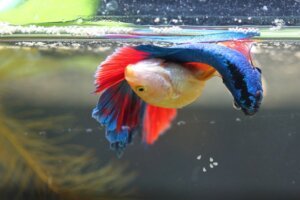
When the opportunity presents itself, the male will wrap his fins around the female, appearing to squeeze her. She will go stiff, release eggs and for a short time float motionless.
Simultaneously, the male will release sperm, fertilizing the falling eggs.
The eggs will slowly drift to the bottom of the tank. The male will then release the female and quickly catch the eggs in his mouth, placing them safely into the floating bubble nest.
Once the female snaps out of her ‘trance’ she will take a breather and then the process will be repeated until she has released all her eggs.
After Spawning
The male will chase her off. This is when you can remove the female and place her in a recovery tank. Sometimes the female gets badly beaten by the male. She will need care and privacy while she recovers. Place her in a recovery tank on her own. Medicate with methylene blue to prevent infection of damaged fins. Her fins will grow back.
Collecting and Storing Betta Fish Eggs
Collecting and storing Betta fish eggs is a relatively straightforward process. It is important to watch the male tending to the eggs.
Responsible male bettas will be vigilant, always inspecting their nest and watching for eggs that fall from the nest. He will catch these and return them to the nest. He will also remove unfertilized eggs.
If the male is not going about his fatherly duties, or if he is eating the eggs, then you may need to consider collecting the eggs and placing them in a separate container with clean, filtered water.

The eggs should be checked regularly, and any dead/unfertilized eggs should be removed immediately. If left they may foul the water.
The eggs should also be kept away from any direct sunlight.
Once the eggs have hatched (2-3 days), the male can be left with them for a few more days until they are all free swimming, then he should be removed.
Caring for the Fry
The Tank
The most important thing with knowing how to breed betta fish is understanding what’s required when caring for Betta fry is to provide them with a clean and stable environment to minimize stress and maximize health.
Prepare a suitable tank for the fry. The tank should be at least 10 gallons, with a heater and sponge filter to keep the water clean and balanced. It is also important to provide plenty of hiding places for the fry, such as live plants and decorations. Keep the water temperature between 75-82° F using a suitable heater.
Once the tank is set up and the fry are in their new home, it’s time to start feeding.
Feeding Betta Fry
Betta fry are very small and need a special type of food to meet their nutritional needs. They have very small mouths, therefore require very small live foods.
Infusoria, microworms, baby brine shrimp, daphnia, fairy shrimp are all great fry food.
Commercial fry food made specifically for Betta fry is another option. These foods are designed to be highly nutritious and easily digestible. Feed the fry small amounts several times a day.
Hatching your own brine shrimp will ensure you have plenty of live food for fry.
Water Quality
In addition to proper nutrition, it’s important to maintain the water quality in the tank. Be sure to perform regular water changes to keep the water fresh and clean.
Also, be sure to check the pH and ammonia levels in the tank and adjust them as needed. Use a test kit.
Monitor for Illness
It’s important to monitor the fry for signs of illness. If they appear to be stressed or unwell, remove them from the tank to prevent spread of illness to healthy fry.
As Fry Grow
As the fry grow, they can be weaned onto other foods such as flakes, pellets, and live foods.
It is important to note that Betta fry are very delicate, and they can be easily stressed or killed if the water conditions are not monitored closely.
The growth rate of Betta fry is dependent on their environment and diet. However, in general, they grow quickly if properly cared for, reaching maturity in around 6 months.
When the fry are old enough, they should be separated from each other. This is especially important for males, which can become aggressive and fight. It is also an idea to keep the fry in different tanks to reduce the spread of disease.
With the right environment, diet, and care, the fry can grow into healthy and happy adult Bettas.
Selling or Rehoming Betta Fish Fry
Culling and rehoming betta fish fry is an important part of responsible fish keeping.
By selecting the strongest and healthiest betta fish fry from a population helps to ensure that only the healthiest and most genetically desirable fish are bred and passed down to future generations.
Culling is done by selecting the betta fish fry with desirable physical traits, such as color, fin shape, and size. This helps to ensure that the healthiest and most genetically desirable fish are passed down to future generations.
Culling should be done carefully and with consideration for the fish’s health and well-being.
Betta breeders are thorough with culling, so only the best offspring are kept to adulthood.
From one breeding you may end up with a hundred young bettas. Because of betta fish’s aggressive nature, it is difficult to accommodate all those fish. The males will need separating.
Rehoming betta fish fry can be a challenging task as these fish can be difficult to care for. Many pet stores or breeders will be able to help with rehoming betta fish fry if needed.
If you are seeking to breed bettas for profit, then having a quality pair of bettas to start with, and being thorough with culling undesirable fry, will result in offspring that are of value.
Final Thoughts
Knowing how to breed betta fish properly by providing the right environment, selecting the right pair of fish, and providing them with proper nutrition, betta breeders can create a successful breeding setup.
Breeding betta fish is a rewarding experience that can provide stunning results, and it is a great opportunity for aquarists to explore the fascinating world of fish breeding.
.

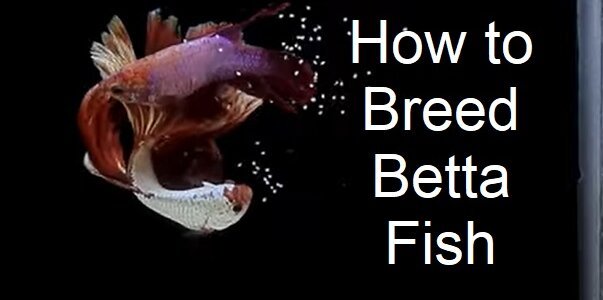

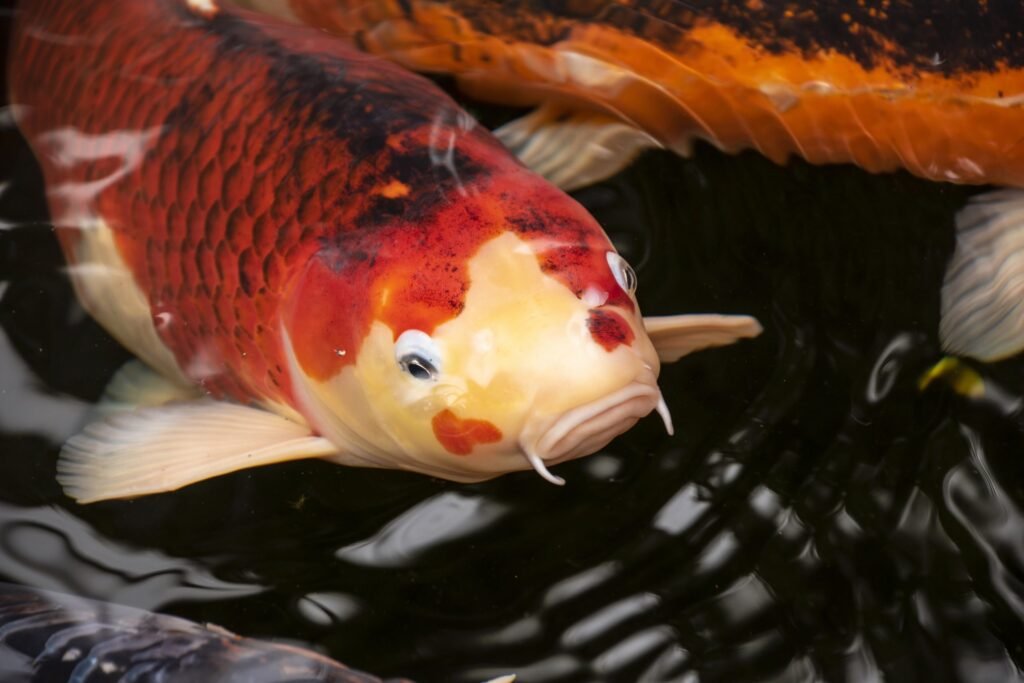

![[2023] Can goldfish live in tap water? (Tap, Distilled, Or Well Water?) Can goldfish live in tap water](https://aquariumhunter.com/wp-content/uploads/2022/02/ryukin-goldfish-in-tank_Moo-teaforthree-Shutterstock.jpg)

![[2023] Baby Snapping Turtle: Complete Care Guide and Breed Info Baby Snapping Turtle](https://aquariumhunter.com/wp-content/uploads/2022/02/IMG_5340_edit.jpeg)

![[2023] Ammonia Poisoning Betta: Preventions And Disease Healing Ammonia Poisoning Betta](https://aquariumhunter.com/wp-content/uploads/2022/02/2680154745_7a377a499b_o-30c89c214e4a4fc292d72ab0be3844cb.jpg)
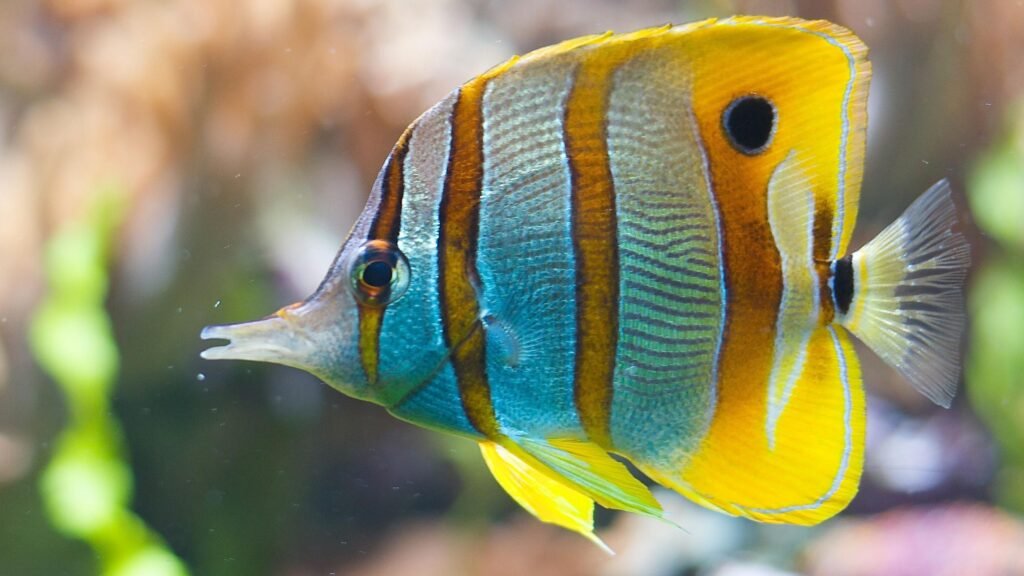
![[2023] What Do Snapping Turtles Eat (The Complete Guide) What Do Snapping Turtles Eat](https://aquariumhunter.com/wp-content/uploads/2022/01/what-do-snapping-turtles-eat.jpg)
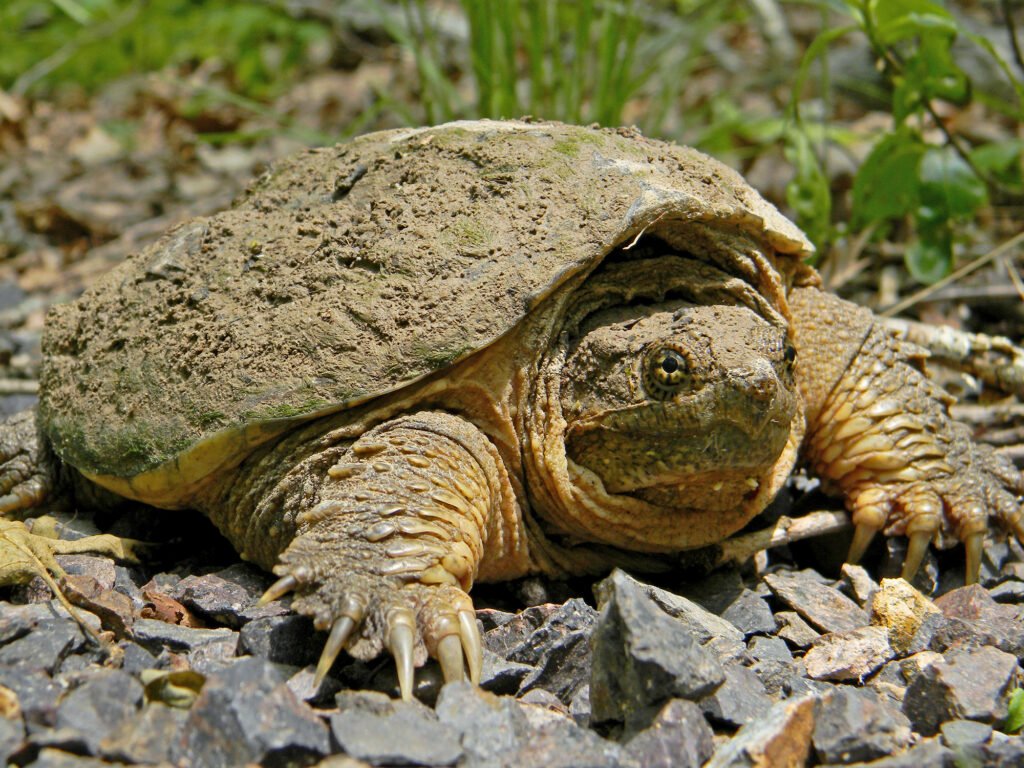

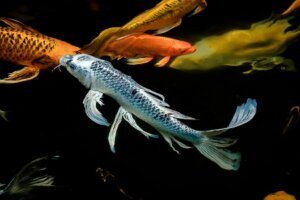
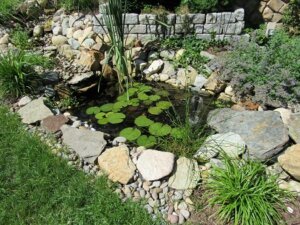
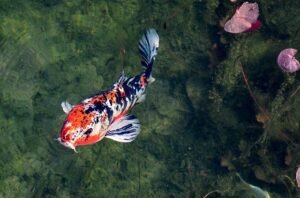
![[Updated 2023] Molly Fish Fry Care Guide – (Main Things to Do) Molly Fish Fry](https://aquariumhunter.com/wp-content/uploads/2022/01/2.jpg)

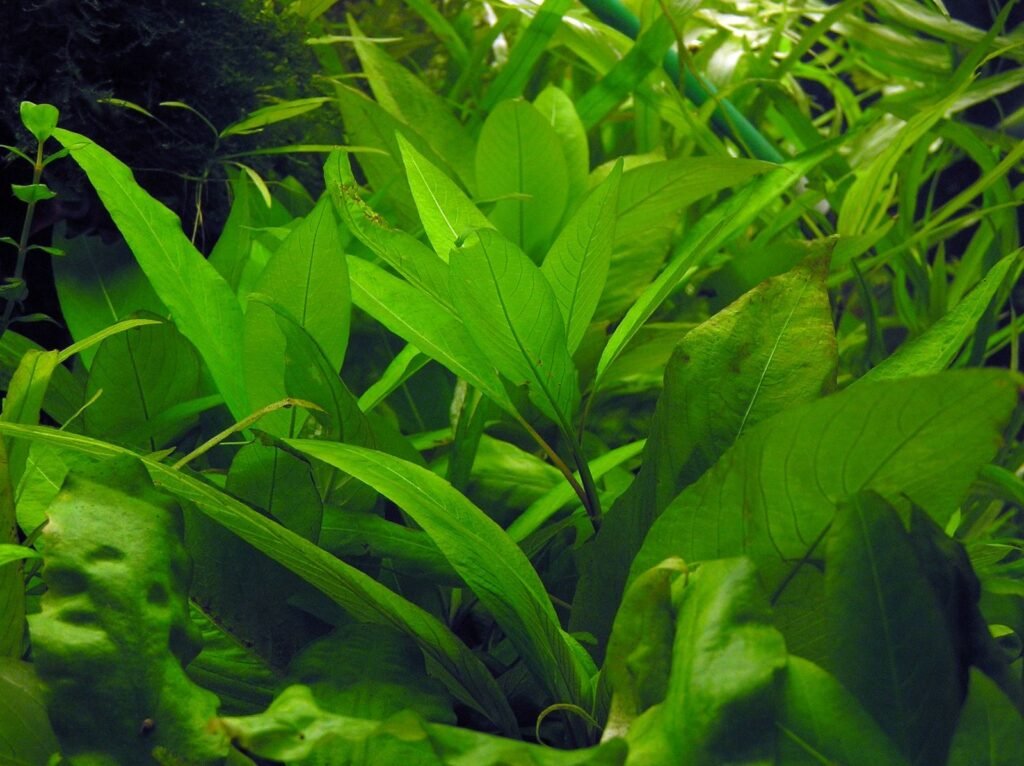
![[Detailed Answer] How Many Cherry Shrimp Per Gallon? How Many Cherry Shrimp Per Gallon](https://aquariumhunter.com/wp-content/uploads/2022/01/cherry-shrimp-feeding.jpg)
